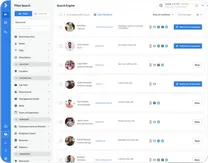
Outbound sales, contrary to some opinions, remains a vibrant and effective sales strategy. In fact, 82 percent of buyers are open to meetings with sellers who proactively reach out. But, what is outbound sales, exactly?
Outbound sales is a proactive sales approach where the seller initiates contact with potential customers. This typically involves methods like cold calling, emailing, or social media outreach to introduce and sell products or services.
This means that outbound sales, much like the enduring appeal of certain music genres, continue to play a significant role in the sales landscape. While inbound sales, akin to the popularity of K-pop, have their merits, outbound sales are far from being obsolete.
This article will provide a clear understanding of what outbound sales are and how they contrast with inbound sales. We’ll also offer practical tips and techniques to enhance your outbound sales performance and KPIs.
What is Outbound Sales?
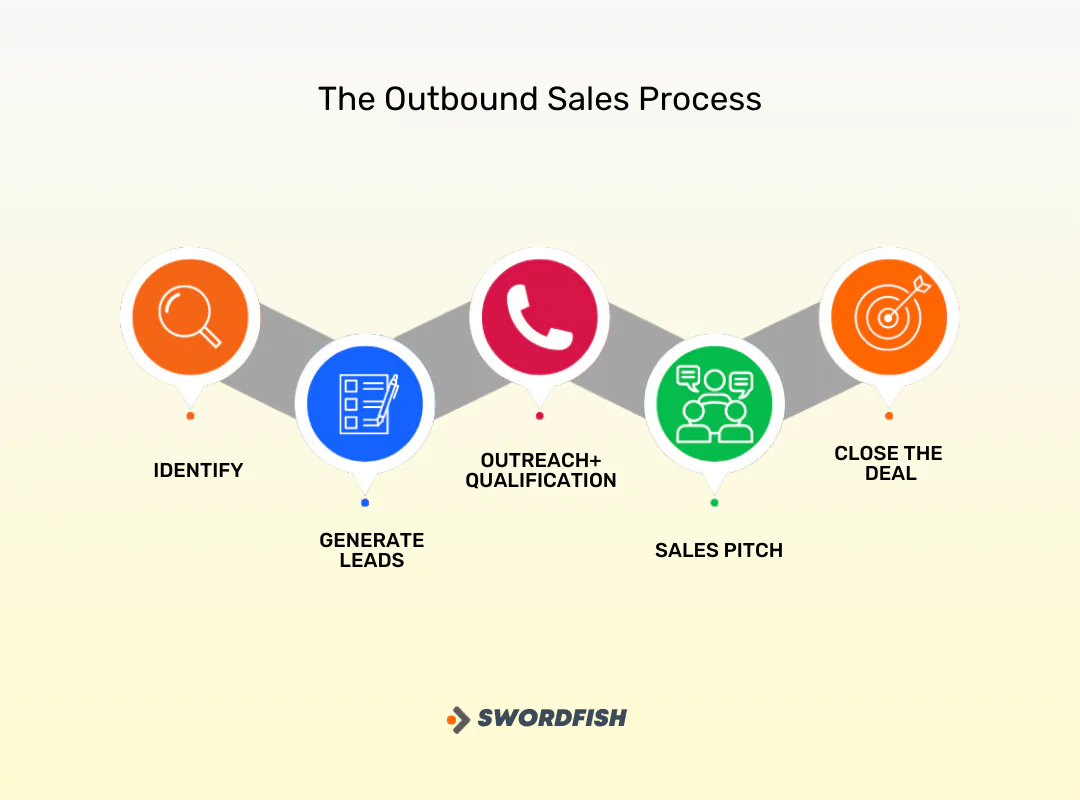
Outbound sales is a traditional sales approach where the seller initiates contact with potential customers. This proactive process typically involves reaching out to potential buyers through methods like cold calling, emailing, or social media messaging, with the goal of introducing and selling a product or service.
Unlike inbound sales, where customers reach out to the company first, outbound sales require the sales team to seek out and engage with potential clients actively.
This approach is commonly used in various industries, especially in B2B (business-to-business) contexts, and involves a strategic process of identifying leads, qualifying them, and then engaging in sales pitches and negotiations.
Types of Outbound Sales
There are several types of outbound sales strategies and activities, each tailored to different sales environments, especially in outbound B2B sales.
Cold Calling
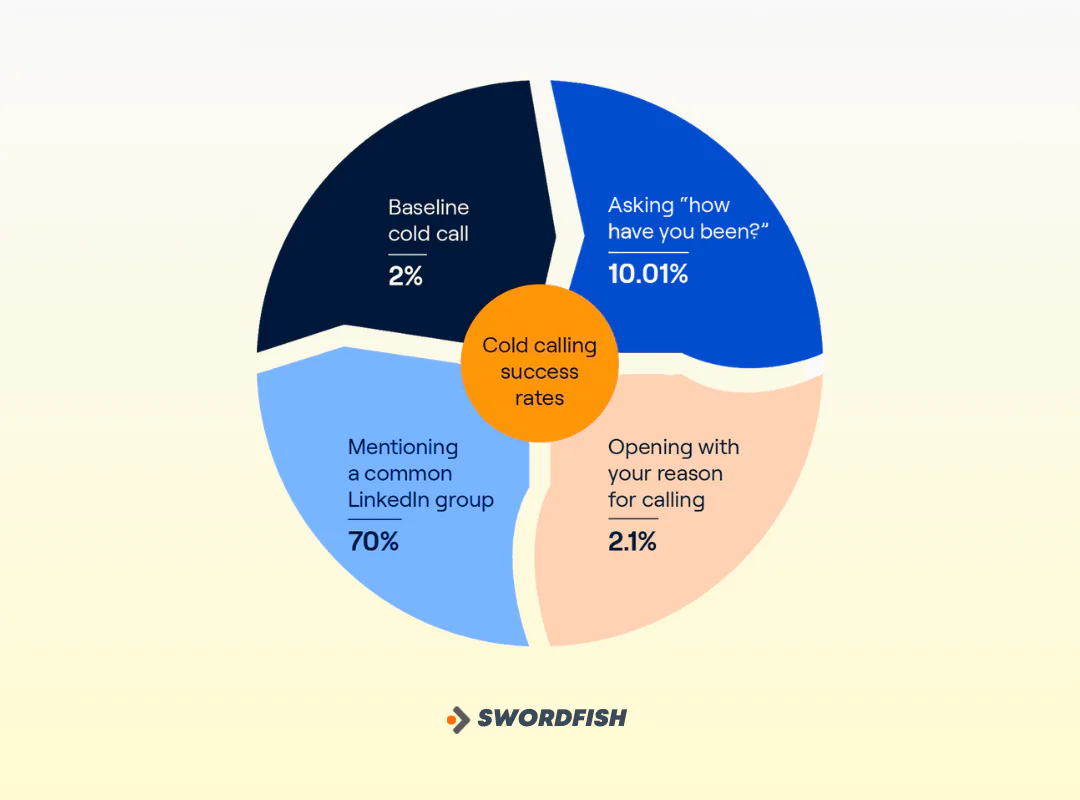
It’s a fundamental technique in outbound sales where sales representatives initiate unsolicited phone calls to potential customers. The primary objective is to introduce a product or service and gauge the recipient’s interest.
Successful cold calling hinges on the ability of the representative to quickly establish rapport and navigate through any initial reluctance.
As the figure above suggests, Often, the most effective cold calls involve finding a common ground or starting the conversation with a personalized inquiry about the recipient’s well-being, which helps in breaking the ice and fostering a more receptive environment for the sales pitch.
Beginning a sales call with a statement like “I understand we share a common LinkedIn group” can boost the likelihood of arranging a meeting by 70%.
Additionally, incorporating a specific reason for the call in the opening line can enhance the call’s success rate by 2.1%. Furthermore, the effectiveness of B2B cold calling can be significantly improved, potentially up to 10.01%, by choosing an appropriate cold calling script.
Cold Emailing
More than 4 million people use email, and 99% check their emails daily. Thus, this involves sending unsolicited emails to potential clients.
The focus here is on crafting compelling messages that grab attention and encourage a response. Cold emails often aim to set up further communication, such as a call or meeting.
Social Selling
Utilizing social media platforms, sales reps engage with potential customers by sharing relevant content, answering queries, and building relationships. It’s a more subtle form of outbound sales, focusing on establishing trust and credibility over time.
Plus, this helps you find creative ways to reach prospects that can set you apart from the competition.
Sales Development Representatives (SDRs)
SDRs focus on the early stages of the sales process. They identify and reach out to potential leads, qualify them, and then hand them over to the sales team for further engagement.
Currently, in the United States, there are more than 666,491 individuals working as sales development representatives. Their role is crucial in ensuring that the sales pipeline is filled with high-quality leads.
Lead Response Representatives
These reps follow up on leads that have shown some interest, often those generated through marketing efforts. Their role blends inbound and outbound tactics – they reach out proactively to a more warm-up audience.
Advantages of Outbound Sales
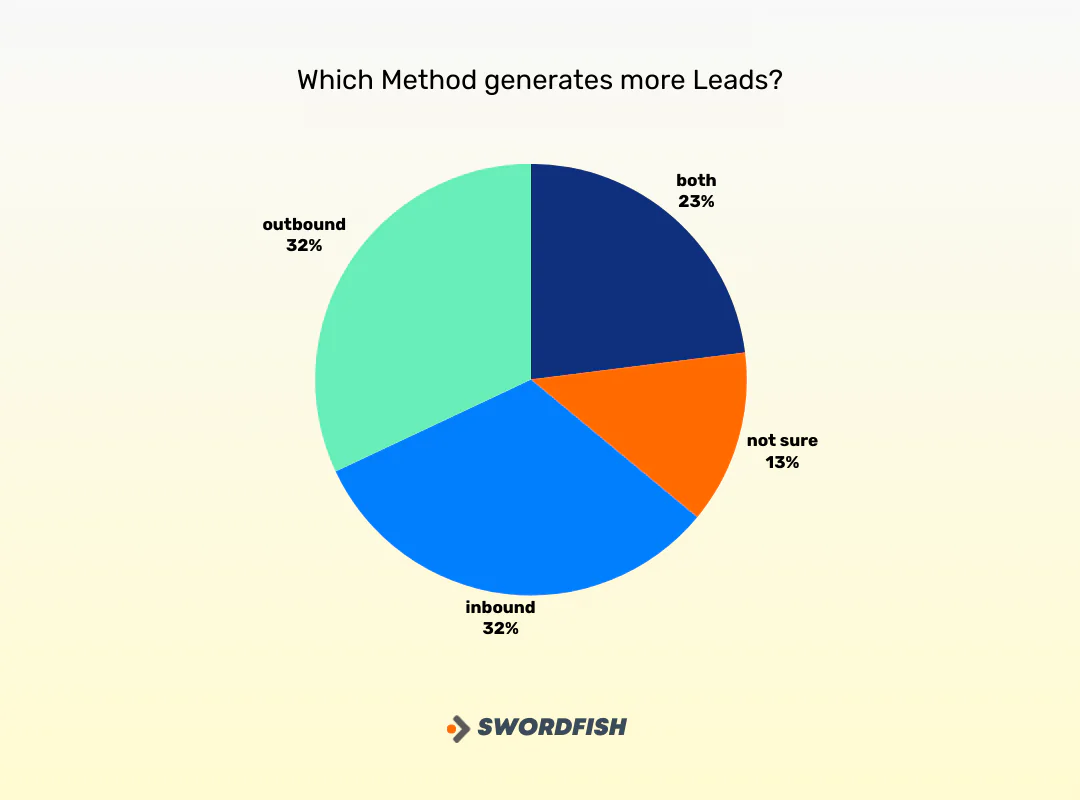
As the figure depicts, sellers vouch for outbound sales as it is certain to create more leads (32%), compared to other methods.
Similar to creating more leads, outbound sales offer several key advantages. These advantages make outbound sales a valuable strategy, particularly in B2B contexts where building relationships and direct communication are crucial for sales success.
- Direct Customer Engagement: Allows for personalized interaction with potential customers, building rapport, and understanding their needs directly.
- Targeted Prospecting: Sales teams can strategically select and approach potential customers who fit their ideal customer profile, leading to higher quality leads.
- Faster Lead Generation: Unlike inbound methods that rely on customers finding the business, outbound sales can quickly generate a large number of leads.
- Control Over Sales Process: Offers more control over the timing and pace of the sales cycle.
- Immediate Feedback: Direct contact provides immediate feedback from prospects, enabling quick adjustments to sales strategies.
- Brand Awareness: Even if a sale isn’t immediately made, outbound sales calls increase brand visibility among potential customers.
- Scalability: With the right tools and strategies, outbound sales operations can be scaled up to reach a larger audience effectively.
Outbound Sales Strategy: Maximizing Customer Engagement
Outbound sales strategies are pivotal. These approach not only helps in generating new leads but also in establishing strong relationships with prospects, ultimately driving sales and business growth
Expanding Sales Teams and Territory Coverage:
To scale your outbound sales efforts effectively, it’s important to increase your sales force by hiring more Sales Development Representatives.
Look for candidates who are not only skilled in communication but also persistent and persuasive. Developing a detailed scorecard based on the desired traits of an SDR can aid in selecting the right candidates.
Training should initially focus on understanding customer personas, linking your solutions to their specific needs. However, scaling should be done cautiously. Expanding too quickly without verifying return on investment or market potential can lead to financial strain.
Enhancing Sales Process Efficiency
A key to achieving growth in outbound sales is refining and optimizing your sales process. This includes thorough training of your sales team and implementing a robust process.
Utilize A/B testing to fine-tune your sales playbooks and communication strategies, ensuring that they are as effective as possible. This approach was exemplified by the Agoge Team at Outreach, who achieved significant sales targets by innovating in their sales process and messaging.
Integrating Advanced Sales Technologies
Implementing a comprehensive Customer Relationship Management (CRM) system is crucial in managing customer interactions and sales activities efficiently. Beyond just having a CRM, integrating advanced sales and marketing tools can provide a competitive edge.
These technologies should enhance productivity, offering automated syncing of sales activities and reducing the need for manual data entry. Automation in workflows and playbooks can also help sales representatives focus on their core activities without diminishing the quality of customer interactions.
Outbound Sales Call Script Examples
These scripts are designed to guide the flow of the conversation, making sure key points are covered while leaving room for personalization and responsiveness to the prospect’s reactions.
Here are a few examples of outbound sales call scripts:
Introduction Script
“Hello, my name is [Name] from [Company]. We specialize in [Product/Service]. I noticed your company is in [Industry], and I believe our [Product/Service] could really help with [Specific Need]. Do you have a moment to discuss this?”
Value Proposition Script
“Hi [Prospect’s Name], I’m calling from [Company]. We’ve recently helped similar companies in [Industry] achieve [Benefit], and I’d love to explore how we might do the same for you. Is this a good time to talk?”
Qualification Questions Script
“Thanks for taking my call, [Prospect’s Name]. I just have a few quick questions to better understand your needs. What are the main challenges you’re currently facing in [Area of Business]? What solutions have you tried so far?”
Closing the Call Script
“It’s been great learning about your needs, [Prospect’s Name]. Based on what you’ve shared, I think [Product/Service] could be a good fit for [Prospect’s Company]. Can I schedule a demo for you next week to show you how it works?”
Inbound vs Outbound Sales: The Key Differences
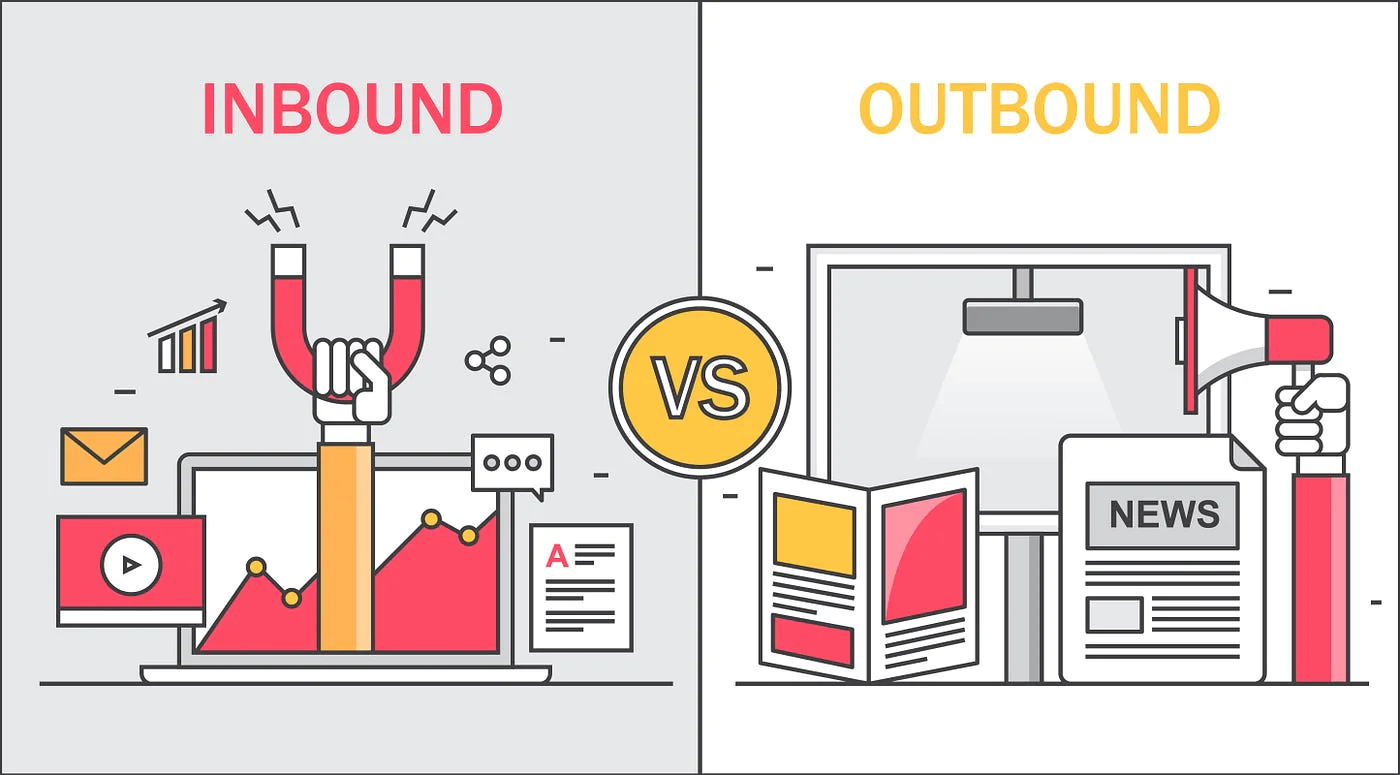
This table highlights the fundamental differences between inbound and outbound sales, each with its unique strategies, methods, and implications for businesses.
|
Aspect |
Inbound Sales |
Outbound Sales |
|
Approach |
Passive and reactive, relying on leads coming to the business via SEO, social media, and content marketing. |
Active and proactive, involving direct outreach to potential customers through methods like cold emails and calls. |
|
Target Audience |
Broader audience, encompassing individuals or businesses showing interest in your offerings. |
Focused on specific market segments matching the business’s ideal customer profile. |
|
Initiation of Contact |
Customers initiate contact through channels like websites, emails, or social media. |
Businesses initiate contact, targeting other businesses or consumers directly. |
|
Lead Generation |
Primarily through website forms, SEO, and content marketing strategies. |
Active lead generation using various outbound techniques and strategies. |
|
Communication Approach |
Focused on responding to inquiries and providing detailed information about offerings. |
Aimed at engaging potential customers to generate interest in products or services. |
|
Sales Cycle |
Generally shorter as the customers are already interested in the offerings. |
Typically longer due to the need to build relationships and persuade leads. |
|
Personalization |
Easier to personalize communication as leads have shown interest. |
Requires more research to personalize outreach and align with prospect needs. |
|
Channels |
Primarily through channels like email subscriptions, website inquiries, and content downloads. |
Includes cold calls, targeted email campaigns, and direct marketing initiatives. |
|
Cost Per Lead |
Lower, as leads are often organically attracted to the business. |
Higher, due to the resources needed for direct outreach and lead generation. |
The Outbound Sales Process: Step by Step Guide
A significant 70% of sales representatives continue to successfully engage with potential clients and arrange meetings through outbound processes like phone calls.
Remember, each step in the outbound sales process is critical. Tailoring your approach to your specific industry and market can enhance the effectiveness of your outbound sales strategy.
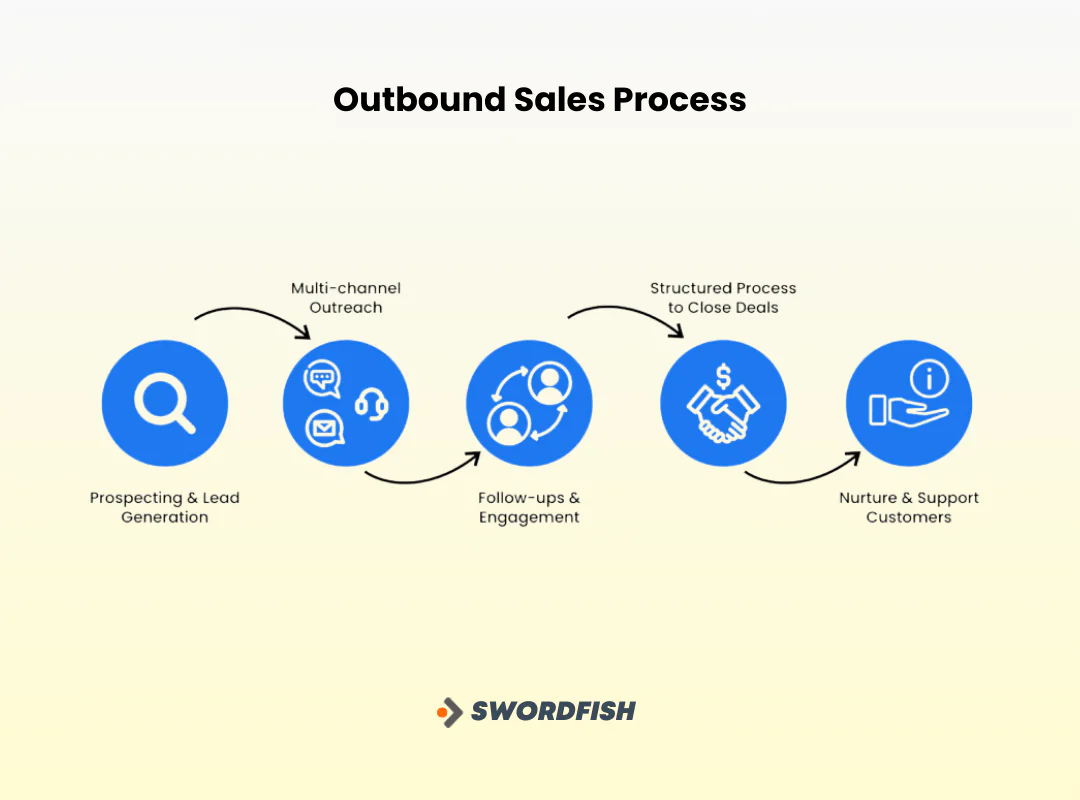
Here’s a step-by-step guide to the outbound sales process:
Identify Your Target Market
Understand who your ideal customers are. This involves creating buyer personas and segmenting your market, especially important in outbound b2b sales.
Initiate Lead Generation
Use various methods to gather contact information of potential customers. This can include purchasing lists, using social media, or leveraging networking events.
Make First Contact
Reach out to your leads via cold calling, emailing, or social selling. This is where you introduce your product or service and gauge interest. Mastering how to get in front of decision-makers, makes sure your pitch reaches the right ears.
Qualify Your Leads
Assess which leads are genuinely interested and have the potential to become customers. This step ensures you focus your efforts on the most promising prospects.
Make Sales Pitch and Presentation
Once a lead is qualified, present your product or service in detail. Tailor your pitch to address the specific needs and pain points of the lead.
Handle Objections and Follow-Up
Address any concerns or objections the potential customer might have. Regular follow-ups are crucial to keep the lead engaged and moving through the sales funnel.
Close the Sale
Finalize the deal with interested leads. This involves negotiations, finalizing terms, and signing contracts.
Manage Post-Sale Relationship
Even after closing the sale, maintain a relationship with your customers. This can lead to repeat business and referrals.
Key Outbound Sales Best Practices
To excel in outbound sales, certain best practices should be followed. Implementing these practices involves a combination of strategic planning, ongoing training, and regular review of your sales processes and outcomes.
This holistic approach ensures that your outbound sales efforts are not only effective but also continuously evolving to meet the changing demands of the market.
-
Focus on Customer Personalization
Personalization in outbound sales goes beyond using the customer’s name in communication. It involves a deeper understanding of the customer’s specific needs, challenges, and interests.
This approach requires segmenting your audience based on various factors such as industry, company size, or their specific role in the company.
When you personalize your communication, it should reference specific details relevant to the prospect. For instance, mentioning a challenge common in their industry shows that you understand their context.
Effective personalization also includes active listening; paying attention to what the customer says during interactions allows you to tailor your sales pitch in a way that resonates with them, making them feel heard and valued.
-
Use Multiple Channels
Employing an omnichannel approach is crucial in modern outbound sales. This means utilizing a combination of communication channels such as phone calls, emails, social media, and live chat to engage with prospects.
Different prospects may have different preferences for communication; some may respond better to a detailed email, while others might prefer a quick chat on social media or a personal phone call.
By using multiple channels, you not only increase the visibility of your message but also cater to the communication style preferred by each prospect. However, it’s important to maintain a consistent brand voice and message across all these channels.
The style of communication might need to be adapted to fit each medium, but the underlying message and professionalism should remain consistent.
-
Scale Operations Carefully
Expanding your outbound sales team by hiring more Sales Development Representatives (SDRs) is a key step for growth. For example, if a tech company sees a surge in market demand, it might hire additional SDRs to capitalize on this opportunity. However, this expansion should be strategic.
It’s important to hire staff with the right traits for success in outbound sales, such as strong communication skills and resilience. Training is also crucial to equip new hires with the necessary skills and product knowledge.
A common pitfall to avoid is scaling too quickly without a clear ROI, which can lead to financial strain and inefficiencies. This requires a careful balance between seizing market opportunities and maintaining financial stability.
-
Optimize Sales Processes
Refining your sales process is essential for efficiency and effectiveness. One way to do this is through A/B testing different sales playbooks and communication strategies.
For instance, a software company might test two different email templates to see which one yields higher response rates from prospects. This kind of experimentation helps in identifying the most effective ways to engage potential customers.
By constantly innovating and improving your sales approach, you can stay ahead of the competition and improve your overall sales performance. The key is to maintain a cycle of continuous improvement, using feedback and data to refine your strategies.
-
Thorough Research
Conducting in-depth research on potential leads and decision-makers is a crucial step in outbound sales. For example, a sales rep targeting a manufacturing company might use LinkedIn to study the company’s structure, identify key decision-makers, and understand their roles and responsibilities.
This research helps in tailoring the sales approach to address the specific needs and pain points of these decision-makers, thereby increasing the chances of a successful pitch.
It also aids in crafting more relevant and engaging communication, demonstrating to the prospects that you have a genuine understanding of their business.
-
Find an Internal Champion
Identifying and connecting with an internal champion within the target organization can significantly boost your outbound sales efforts. An internal champion is someone who understands the value of your product or service and can advocate for it within their organization.
For instance, if you’re selling an HR software solution, connecting with an HR manager who sees the potential benefits can be invaluable.
This person can provide insights into the company’s internal challenges and decision-making processes. And help navigate you through the organization, leading to more meaningful conversations and a higher likelihood of closing a sale.
-
Utilize Effective Outbound Sales Call Script Examples
Based on a survey, we understand the following:
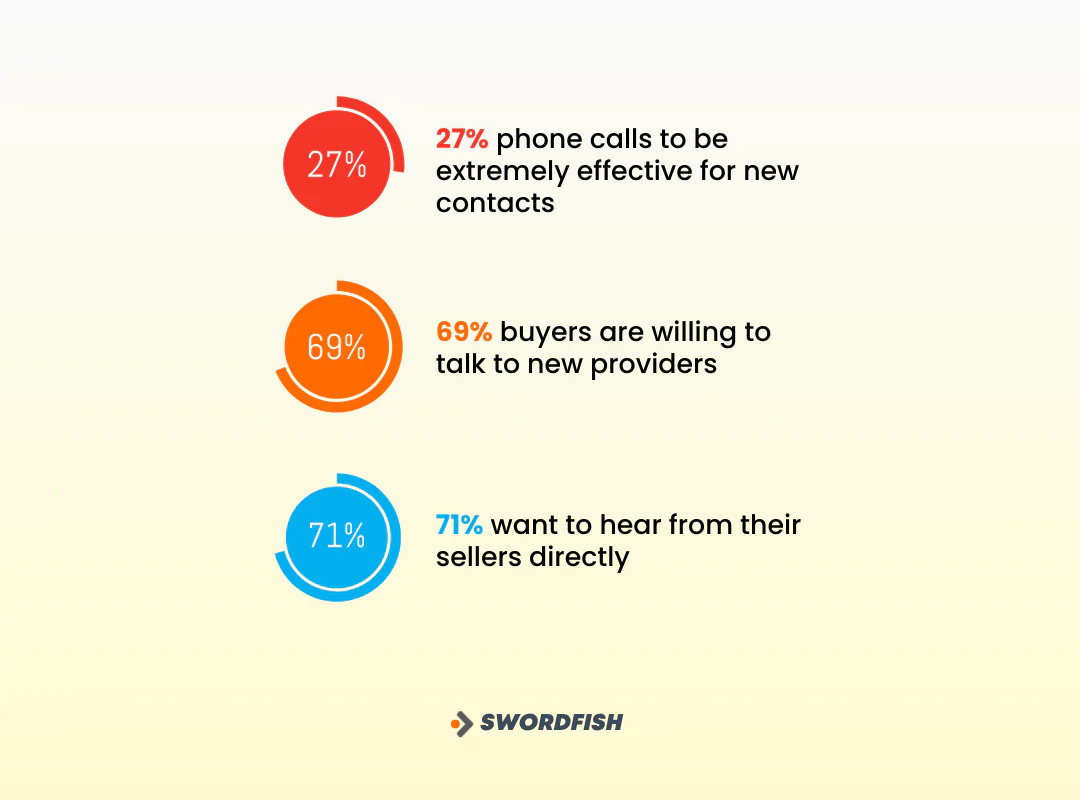
- 27% phone calls to be extremely effective for new contacts
- 69% buyers are willing to talk to new providers
- 71% want to hear from their sellers directly
The figures above show the importance of a good phone conversation and hence of Sales scripts. These serve as essential tools in outbound sales, offering structured guidelines for conversations with potential clients.
These scripts typically include key talking points and prepared responses to common objections or queries. However, it’s crucial for sales representatives to use these scripts as a flexible framework rather than a rigid script.
They should be adept at adapting their conversations in response to the prospect’s reactions, incorporating a personal touch or humor when it feels appropriate. This adaptability ensures that interactions remain authentic and engaging.
Additionally, it’s important to regularly review and update these scripts based on feedback and sales outcomes, which helps in continually enhancing their effectiveness and relevance to changing customer dynamics and market trends.
-
Call After Hours
This strategy involves making sales calls outside of standard business hours. The idea is to bypass gatekeepers who typically work during regular hours.
For example, calling early in the morning or later in the evening might connect you directly to a decision-maker’s voicemail. This allows you to leave a message they’ll hear first thing when they’re back in the office. This can increase the chances of your call being returned.
-
Know Your Audience
Understanding the unique communication preferences of each decision-maker is vital in outbound sales. For instance, if you’re targeting a tech company’s CTO, they might prefer concise, data-driven emails that get straight to the point.
On the other hand, a decision-maker in a more traditional industry might value a personalized approach, such as a handwritten note or a phone call. By researching your prospect’s industry, role, and even their activity on professional networks like LinkedIn, you can tailor your communication style to match their preferences.
Thereby enhancing your chances of engaging them effectively and increasing the likelihood of a positive response.
-
Maintain Old Contacts
Staying connected with former colleagues and business contacts is beneficial, as they may move into influential positions at different companies.
Regularly reaching out to these contacts can open up new opportunities, as they might now be in a position to make or influence purchasing decisions. This network can become a valuable source of leads and referrals.
-
Utilize Contact Finding Tools and CRM Systems
These tools are crucial for efficiently managing leads and customer information.
Contact finding tools help in identifying potential leads and gathering relevant contact information, while CRM systems enable you to track interactions, schedule follow-ups, and analyze sales data.
Integrating these tools into your outbound sales strategy can significantly enhance lead management and overall sales effectiveness.
Swordfish AI: Best Tool for Better Prospecting
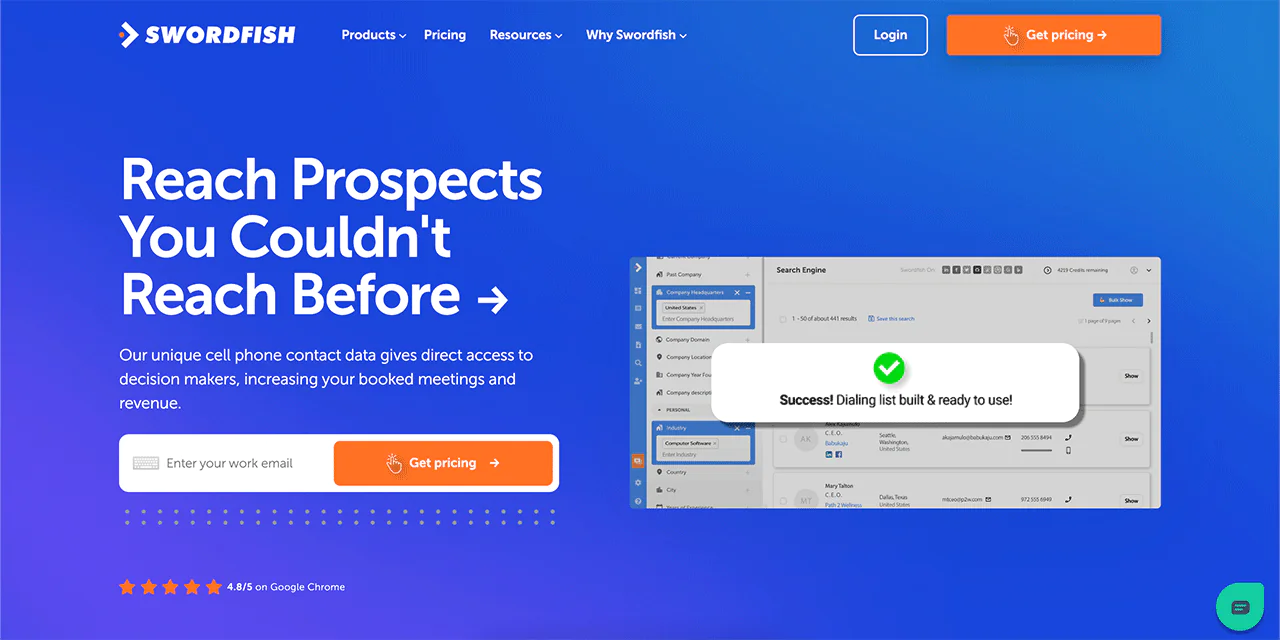
When you’re looking for new contacts, you want to make sure you have the right details. That’s where Swordfish AI can help:
- Big Database: Swordfish provides a database of over 3.5 billion people. That’s a lot of potential contacts!
- Checked Contacts: It gives you email addresses and phone numbers that have been checked to make sure they’re right.
- Easy to Use with Other Tools: You can use Swordfish AI with other sales tools you might already have.
- Safe Data: Swordfish AI makes sure to follow rules about keeping data safe.
So, try out Swordfish AI, to find and reach out to new contacts effortlessly.
Conclusion
So, what are outbound sales? To sum up, outbound sales is a traditional sales approach where sales representatives initiate customer engagement through direct outreach.
Despite the rise of inbound sales strategies, outbound sales remains a vital and effective approach, particularly in reaching out to and engaging potential clients who may not yet be aware of your products or services.
By combining targeted outreach, personalization, and strategic follow-up, businesses can effectively use outbound sales to expand their customer base and drive growth.
FAQs
How do you measure the success of an outbound sales campaign?
Success can be measured through various KPIs like conversion rate, number of appointments set, sales volume, and return on investment (ROI).
Can outbound sales be automated?
Certain aspects, like email campaigns and lead qualification, can be automated using CRM tools and software, but personal interaction remains key.
What are common mistakes in outbound sales?
Common mistakes include not researching leads thoroughly, failing to follow up, and using overly aggressive sales tactics.
How does social media fit into outbound sales?
Social media can be used for prospecting, building brand awareness, and engaging with potential customers in a more informal setting.

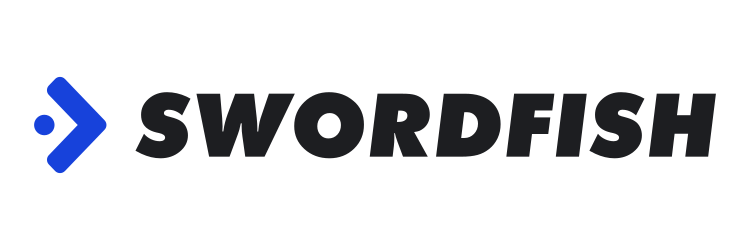
 View Products
View Products


